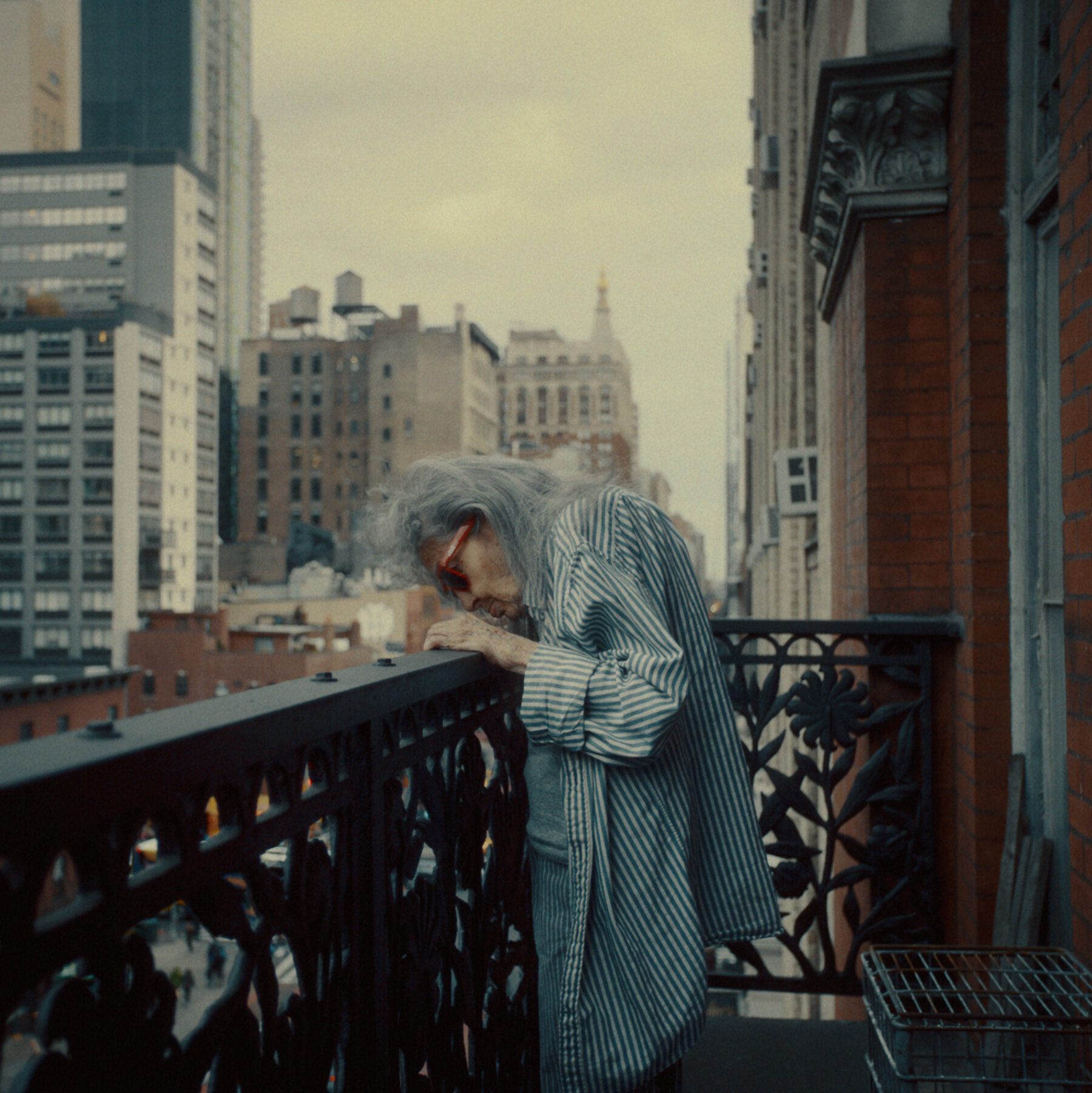The topics of Dreaming Walls are likely to be familiar to anybody who has visited or lived in New York City at some point throughout their lives. A new documentary, Inside the Chelsea Hotel, examines the last occupants of the fabled (or notorious, depending on your point of view) landmark. These elderly men and women, who are sometimes described as “eccentric,” appear to be living in a parallel universe, either in the past or the future. These living ghosts are often ignored or even pitied by the packed people. Dreaming Walls is unique in that it acknowledges the presence of these “lost” individuals and finds beauty and truth in their existence, which makes it stand out from other works of fiction and nonfiction concerning the urban landmark. While the Chelsea Hotel has a rich and intriguing history, the documentary focuses on its current residents and argues strongly for those who remain and continue to develop their work despite quickly changing conditions around them.
An important milestone in the process of change
When the Chelsea Hotel is the topic of a documentary, one would expect it to begin in the distant past. The hotel’s heyday has long ago passed, as the film shows via visual and audio montages of these previous celebrities replaced with stark, quiet pictures of the present, with empty halls, dark rooms, and exposed foundations. To compete with modern Manhattan’s gentrification, the Chelsea Hotel is undergoing a major renovation and transformation. Instead of artists wandering the hallways, construction workers are seen trudging about with sacks of timber. As a result, artists such as Bob Dylan have ceased to come. Isolated between two historical eras, a once-safe shelter for wayward people with a penny and a dream has now become a largely empty vessel.
People who had gone missing have been located
There is no need for Dreaming Walls to obsess with preserving the famed landmark’s rich history. Directors Amélie van Elmbt and Maya Duverdier choose to focus on the folks who have stayed in the neighbourhood long after the more prominent inhabitants have moved out.
It follows five people: a dancer (Merle Lister), a couple in their 50s, a wire sculpture artist, and Bettina Grossman, one of New York City’s most influential female artists of the 1970s and 1980s. The people shown in Dreaming Walls may be classified as either freak, nerds, or anything in between. They would have been in a lesser film. It is a symphony of grace, tragedy, stubbornness, humour and defiance. They embody the Chelsea Hotel’s commitment to preserving the distinctively New York City bohemian vibe in the face of rapid development.
It’s a memory to cherish.
An angry woman desperately tries to get someone to listen to her problems, but she’s met with little success. One of the film’s last moments features a tracking shot of Bettina as she slowly exits the hotel and enters a crowded street, as they performed the same dance 40 years before with Merle and a female dancer. Photographs like this assist tell an intriguing tale about a well-known site that few people are familiar with. What was previously a mystery is now clear thanks to Dreaming Walls, which introduces viewers to the people who have refused to leave the city and have instead chosen to pursue their artistic ambitions there. After the credits are over, you’ll still be thinking about it. This is an interesting and gratifying documentary that’s brilliantly narrated and eerily recorded. Select cinemas and on VOD are presently showing Dreaming Walls: Inside the Chelsea Hotel.

